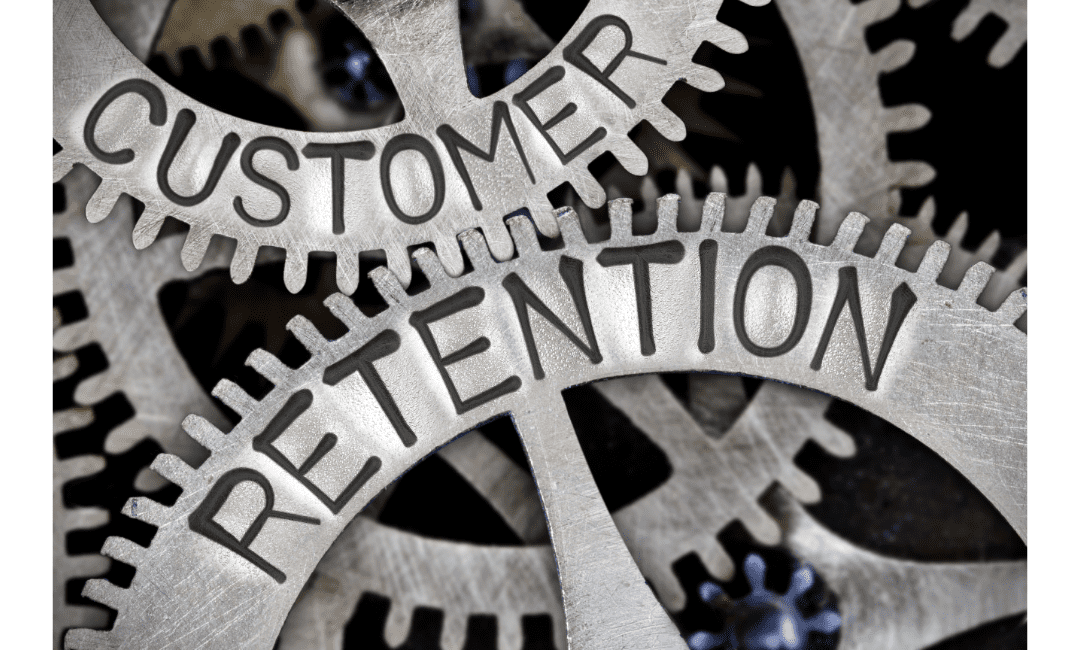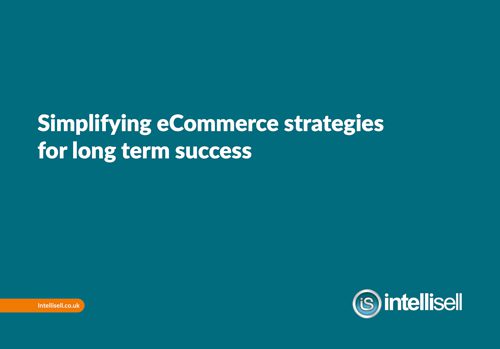Customer experience can make or break any business. From the initial product research, through the sales process, delivery and response to any problems, the speed, quality and relevance of response make a huge difference to loyalty and customer retention. Customers with high emotional engagement spend two times more on brands and they are more loyal than those without an emotional connection – and while there are many factors that can influence that connection, the quality of each interaction is key.
From highly informative, creative product and service information and expert live chat; automated order confirmation and delivery emails; and effective customer services teams, Intellisell’s Richard Nash discusses why joined-up eCommerce and ERP is key to creating a customer connection and building brand loyalty.
Meeting Expectations
The way customers and prospects assess an eCommerce business has changed. Expectations have increased. Customers not only want top quality products, at a fair price but also flexible delivery options and total confidence that timeline promises will be met. Simple returns processes are a given. Plus customers expect fast, informed responses to any questions at any stage in the buying process.
The quality of experience from the initial order all the way to delivery and on to customer service must be perfect – and often it is the way companies respond when things don’t go 100% right that can have the biggest impact on service reviews.
And this is where the right, accurate and up to date information is key: how can a company respond fast and effectively to customer questions at any stage without full visibility of the entire process from stock availability to product location, logistics and returns?
Prioritise Information
Businesses need to empower customer services teams with real-time data. From product information to sales history, delivery options and order status, Enterprise Resource Planning (ERP) data is the foundation for every business. The per-user license cost, however, deters many businesses from providing everyone with access to this vital resource. The alternative is to use a dedicated eCommerce website integrated with ERP data. This cloud model is not only more cost-effective but also immediately scalable, allowing the business to quickly expand access to this data as required.
With immediate information visibility, everyone in the customer service team can respond confidently to any customer query and take the decisions required to mitigate any problems.
Facilitate Self-Service
Integrating ‘Live Chat’ into your company’s website is also an essential part of a good customer experience. Again, the customer service team’s quick access to information ensures customers can use ‘Live Chat’ to gain rapid answers to questions – whether that is product specific information required to close a deal or an update on delivery status.
FAQs are standard practice, but adding advice and guidance, especially for B2B, can also improve the experience. Video demonstrations of the product set up or use; customer case study videos; problem-solving – taking the time to show customers how products and services work in an easily consumable fashion can build confidence in a business before they hit the ‘buy now’ button.
Inform Customers
Keeping the customer informed every step of the way will also improve the experience and reduce the demand on the customer service team. Integrated communications, including email and SMS, can automate the entire process – from updating the customer on product dispatch all the way through delivery and back through the returns process. This latter step is vital as returns, exchanges and refunds can not only add significant business costs but also cause a huge burden on customer service.
An automated returns process can reduce operational costs and improve the customer experience. Creating automated emails confirming when a product has been received back into stock, that the refund is being processed and when the payment has been made, will have a significant impact on customer perception and brand confidence.
Capture Feedback (and use it)
Whether it is in routine customer surveys or ‘reason for return’ feedback, customers provide a huge amount of information that is vital to the business – so it is important to use that data to drive improvements wherever possible. Routinely checking trends in returns particulars, for example, will highlight there is an issue and perhaps an ongoing fault with the product if you are receiving many back to the warehouse. Failing to track these repairs and the speed with which products are returned could lead to unhappy customers.
Updating the product description – not just on the website but every other channel where the product is sold, (Amazon and eBay for example), to show that the product is now recalled, because it cannot be repaired – will both improve the customer experience and cut down on expensive returns.
This feedback loop can be enhanced with automated alerts set up, for example, if a returns threshold is tripped for a specific product. By ensuring the processes and workflow are in place for that alert to be investigated and action is taken, a company can achieve a few slicker, more effective eCommerce business model that maximises sales while also improving the overall customer experience. It is also vital to encourage reviews of your products and business. Ratings are a standard component of the buying process.
Conclusion
An eCommerce integrated website that combines immediate access to enriched, accurate ERP information with strong workflow can transform business efficiency and, as a result, customer experience. Processes are automated, with CRM integration and returns management significantly reducing the burden on customer services.
End-to-end automation allows a business to move away from firefighting and release skilled customer-facing staff to focus on the exceptions. By doing so will help your business achieve those vital five-star reviews – every time.
Find out more
If you are keen to learn more and talk with an Intellisell expert on this subject matter, you can connect with Richard Nash, Intellisell’s Product Manager on Linkedin, or contact the team below.


